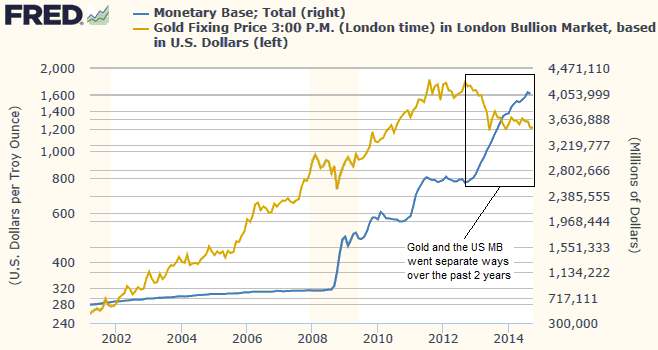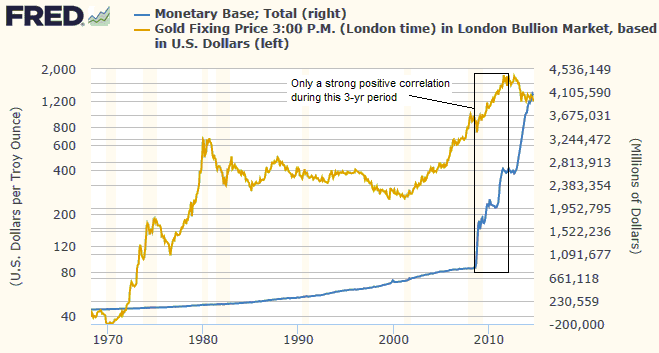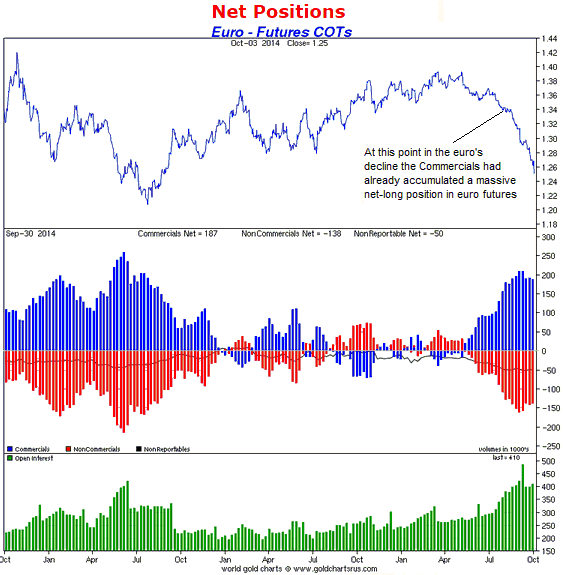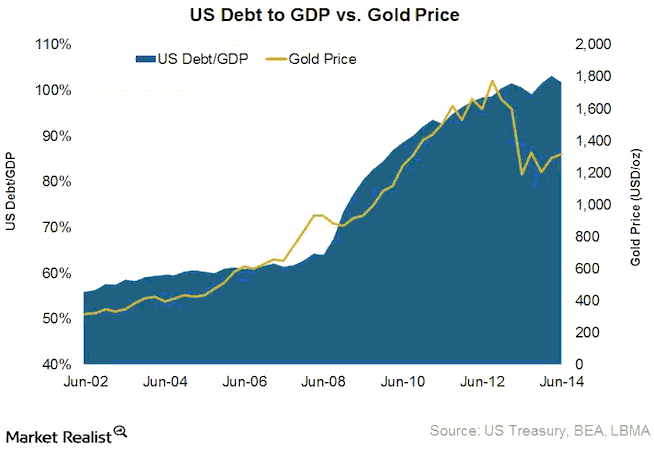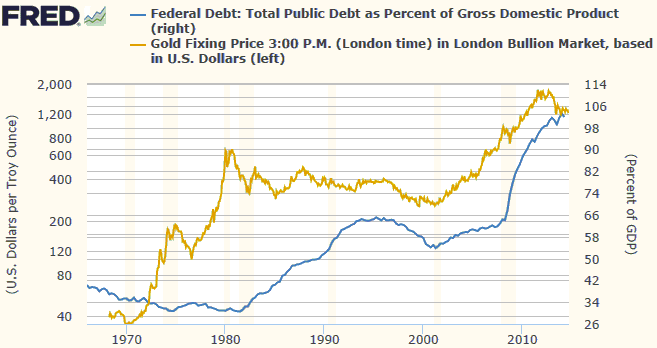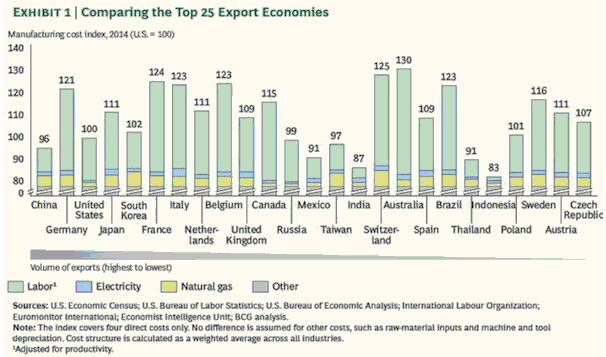If you are in the position of needing a market to do something specific in the short term, such as rally or decline by a certain amount, then you are positioned wrongly. You should be positioned in such a way that you can watch the day-to-day price moves with equanimity. Furthermore, unless you make a living from scalping small profits from intra-day fluctuations, you should NOT watch the markets closely during the trading day. No good will come of it, because closely watching the intra-day price action will increase the risk that you will make a spur-of-the-moment decision based primarily on emotion. That is, it will increase the risk of making a mistake.
Before a market in which you have a financial interest opens for trading you should know the prices at which you would be a buyer and the prices at which you would be a seller. You should therefore be able to place any orders prior to the open. You can then check back later — ideally, after the market has closed — to see what happened and which, if any, of your orders were filled.
I feel fortunate to be separated by 12 hours from the stock markets in which most of my stocks trade (the US and Canadian stock markets). This separation removes any temptation that I might otherwise feel to watch the intra-day trading action, because it means that I am usually asleep during the bulk of the trading day.
On a typical day (night) I check the futures markets and company-specific news well before the start of the North American trading session and decide what, if any, new orders are appropriate. Most orders are placed prior to the open, although occasionally I watch the first few minutes of trading before placing an order. I then usually check back after about one hour to see what’s happening before switching off for the night. By the time I switch back on the markets are closed and I can calmly (most of the time) assess the day’s outcome and start thinking about what new orders make sense for the next day.
On a related matter, the majority of the orders I place are either priced well above the market (for sell orders) or well below the market (for buy orders), with the bid and offer prices usually determined by a combination of valuation and chart-related support/resistance. As a result, my orders sometimes sit around for at least a few weeks before getting filled and sometimes don’t get filled at all. I never, ever, use market orders.
 Print This Post
Print This Post

